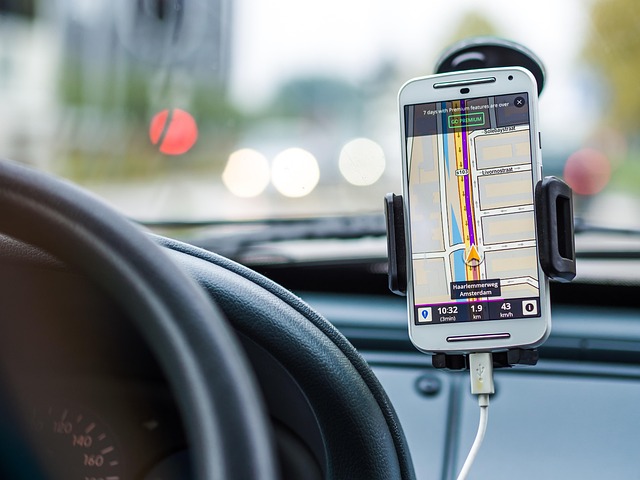When the calendar flips from December to January, many of us feel an urge to start fresh. The promise of a new year is often framed as a blank slate, a chance to reassess our priorities and set new goals. Yet, the success of those resolutions depends not only on the goals themselves but also on the underlying drive that sustains progress over time. In the context of personal development, an Assessment of Learning Motivation becomes a critical tool for understanding whether we are ready to commit to lasting change.
What Is an Assessment of Learning Motivation?
At its core, an assessment of learning motivation involves a systematic examination of the factors that influence how strongly an individual pursues a goal. It looks at intrinsic motives—such as curiosity or personal growth—and extrinsic forces like social expectations or rewards. By reflecting on these dimensions, a person can uncover the real reasons behind their ambitions, making it easier to choose goals that truly resonate.
- Intrinsic drive: The internal satisfaction derived from mastering a skill or achieving personal milestones.
- Extrinsic incentives: External acknowledgments, career advancement, or financial benefits that may encourage commitment.
- Self‑efficacy: Confidence in one’s ability to succeed, which can amplify or dampen motivation.
- Goal clarity: How well a goal is defined, measured, and linked to meaningful outcomes.
Connecting Motivation to New Year’s Resolutions
When we set a resolution—say, to exercise regularly or to read more books—it’s easy to assume that a fresh calendar date will automatically ignite the willpower needed to stick with it. Reality is more nuanced. A well‑crafted resolution is only as strong as the motivation that underpins it. The Assessment of Learning Motivation can reveal whether a resolution is merely an impulse or a sustainable commitment.
“Motivation is the spark; persistence is the flame.” – Anonymous
Steps to Conduct Your Own Assessment
Begin by setting aside quiet time, free from distractions, to reflect deeply. Here are four practical steps that can help you gauge your readiness to embrace a new lifestyle.
- Define your why. Write down why the resolution matters to you personally. Ask yourself how it aligns with your core values and long‑term aspirations. A resolution that echoes your values is more likely to stay with you.
- Identify barriers. List potential obstacles—time constraints, lack of resources, competing priorities. Knowing the hurdles ahead allows you to create realistic contingency plans.
- Measure self‑efficacy. Rate your confidence on a scale of 1 to 10. If your score is low, consider small, achievable milestones to boost that confidence before tackling the bigger goal.
- Seek feedback. Discuss your plan with a trusted friend or mentor. External perspectives can uncover blind spots and reinforce commitment through accountability.
Designing a Lifestyle Blueprint
Once you’ve completed the assessment, it’s time to translate insights into action. The blueprint should integrate specific, measurable objectives with a clear timeline. Below is a sample framework that can be adapted to any resolution.
- Goal: “Run 5 kilometers three times per week.”
- Start date: 2nd of January.
- Milestone 1: Run 1 kilometer in the first week.
- Milestone 2: Run 3 kilometers by the end of month one.
- Milestone 3: Run 5 kilometers by the end of month three.
Notice how each milestone builds on the previous one, reinforcing a sense of progression that fuels motivation.
Maintaining Momentum
Motivation can wane for many reasons—plateaus, unexpected commitments, or simple boredom. Here are tactics to keep the fire burning.
- Track progress visually. Even a simple journal or a habit‑tracking app can provide instant feedback, reinforcing the sense of achievement.
- Celebrate small wins. Treat each milestone as a victory, no matter how minor it seems. Acknowledgment can rekindle enthusiasm.
- Adjust when necessary. If a goal feels too rigid, tweak it to suit evolving circumstances. Flexibility can prevent resentment.
- Lean on community. Sharing your journey with peers can create accountability and inspire mutual support.
Reflection and Reassessment
Mid‑year is a natural point to pause and reassess. Reflect on the effectiveness of your Assessment of Learning Motivation process itself: Are the strategies still relevant? Are new challenges emerging? Use the findings to refine your goals and approach.
Reflection not only consolidates learning but also recalibrates the motivation engine. By continuously tuning the inputs—clarity, confidence, and support—you ensure that the resolution remains a dynamic, living part of your lifestyle.
Case Study: A Personal Transformation
Consider the journey of Emma, a mid‑level marketing professional who resolved to incorporate mindfulness into her daily routine. At the start of the year, she conducted an assessment that revealed her main motivator was stress reduction. Armed with this insight, she set a realistic goal: practice 10 minutes of guided meditation each morning before work.
By marking her progress on a simple calendar and sharing her intentions with her manager, Emma secured both internal and external support. Within three months, she noticed a significant drop in anxiety and an increase in creative output. The success of her resolution was directly tied to the depth of her initial motivation assessment.
Conclusion: The Power of Self‑Assessment
New Year’s resolutions are more than wishful statements; they are commitments that demand a clear understanding of what drives us. An Assessment of Learning Motivation equips us with the self‑awareness needed to choose goals that are not only desirable but also attainable. By intertwining goal clarity, realistic planning, and ongoing reflection, we transform fleeting intentions into sustainable habits—ushering in a truly new version of ourselves.



